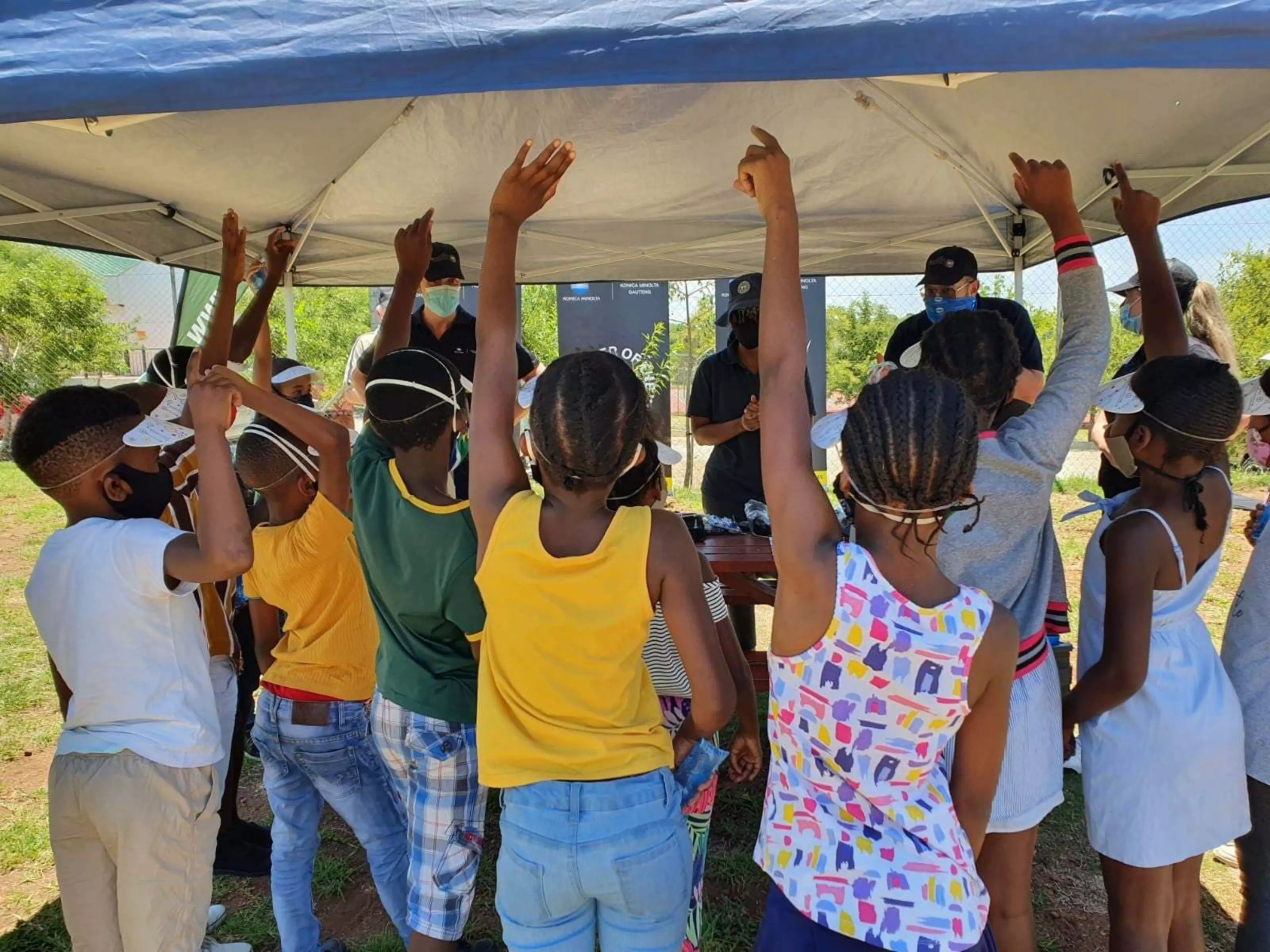Colour presses and label presses made by Konica Minolta South Africa have recently achieved a global quality benchmark after passing a stringent marine immersion test. The presses passed the Marine Immersion Test BS 5609, Sections 2 and 3.
The standards award recognises the ability of labels printed by the presses to survive extended periods of time exposed to sea water and to still remain legible. Labels were printed using the Konica Minolta AccurioLabel 190 and the bizhub C71cf presses, and were tested at a recognised testing facility in the United States.
The BS 5609 standard establishes specifications and test methods to determine whether labels will perform under marine conditions in case chemicals are shipped overseas. “The regulations are meant to ensure that, for instance, if drums of hazardous chemicals are recovered from the ocean, the warning and information labels on the drums remain legible,” said Leon Minnie, manager of production print for Konica Minolta South Africa (Pty) Ltd, a division of Bidvest. “If labels are immersion safe, health-and-safety personnel will know how to handle the material. The testing standards are extremely stringent.”
The Section 2 testing includes a three-month sea immersion test. Section 3 testing checks for the abrasion resistance of labels and the permanence of printed images. To pass the BS5609 test, labels need to be extremely durable with good adhesion, light-fastness, weathering and abrasion resistance characteristics.
“We’re extremely proud that our products have been recognised for achieving the highest global standards,” said Minnie. “This follows similar standards awards for our Chagall and Degas-series printers.”
The qualification follows Konica Minolta’s recent third consecutive EcoVadis gold medal award for sustainable operations; and the company’s partnership with Food and Trees for Africa, which has seen it donating 43 708 trees to schools to raise environmental awareness and to achieve carbon-neutral status.
“We are constantly working to foster environmentally sustainable solutions,” said Minnie. “Accurate labelling ensures responsible handling of hazardous content. Similarly, we try to mitigate global warming through our tree-planting and our carbon-neutral operations. It’s all part of sustainable business practices.”



